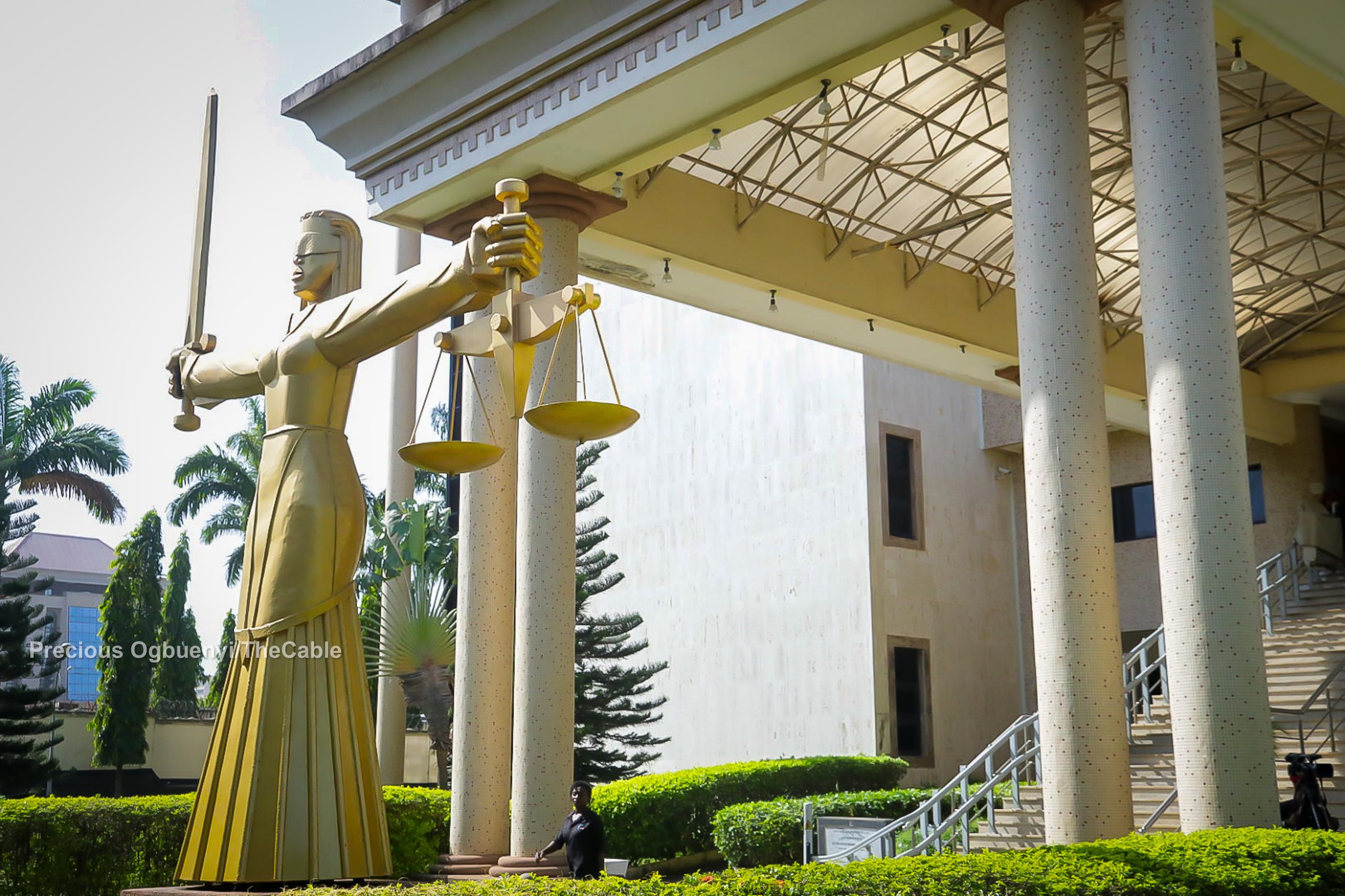Powerful Earthquake Rocks Marmaris, Triggers Travel Chaos as Turkiye Faces Ongoing Seismic Risk Amid Tourism Revival, What You Need To Know
Tuesday, June 3, 2025

Powerful earthquake rocks Marmaris. Travel chaos erupts. Turkiye faces another seismic risk just as its long-awaited tourism revival gains momentum. But what exactly happened—and what does it mean for travelers?
In the early hours, a powerful earthquake jolted the heart of Marmaris, turning calm into crisis. This wasn’t just tremors—it was a shock that triggered urgent response and widespread fear. As the ground shook, travel chaos surged. Roads clogged. Flights diverted. Tourists panicked. All this in a country that has worked tirelessly to rebuild global confidence in its tourism.
Moreover, Turkiye’s ongoing seismic risk casts a shadow over its glittering coastlines and rising visitor numbers. Marmaris, once buzzing with promise, now faces questions. Can this tourism revival endure under nature’s weight?
This is not just another earthquake. It’s a wake-up call. And if you plan to visit or are watching the region, here’s what you need to know—before the next shock hits.
Just as Turkiye’s travel industry began showing signs of robust recovery, a powerful 5.8-magnitude earthquake rattled the coastal district of Marmaris. The quake struck during the early hours of Tuesday, leaving 69 injured and claiming the life of a 14-year-old girl. For a region built on natural beauty and tourism, this seismic event delivered a chilling reminder of the underlying risks travelers and locals face.
The earthquake’s epicenter was located in the Mediterranean Sea, a mere 10.43 kilometers from Mugla’s popular Marmaris district. It struck at a depth of nearly 68 kilometers, sending tremors far beyond Turkiye’s southwestern coast. Regions in southern Greece and the Aegean coastline also felt the sudden, terrifying vibrations.
As the quake shook the region, panic unfolded in cafes and public spaces. Security footage showed furniture shaking violently, people fleeing into the streets, and large crowds gathering in open parks, away from buildings that might collapse.
Field evaluations began immediately under the coordination of the local governor. Turkiye’s Disaster and Emergency Management Authority (AFAD) launched a swift response, deploying teams to assess structural damage and assist the injured.
Turkiye’s seismic vulnerability is nothing new. The country sits atop two major fault lines, making earthquakes a recurring threat. In February 2023, a devastating 7.8-magnitude quake killed over 53,000 people and caused widespread destruction across 11 provinces.
In April, a 6.2-magnitude quake struck the Sea of Marmara. It triggered hundreds of injuries and further strained the country’s fragile infrastructure. Each event leaves scars—not only on the land, but on its people and economy.
Turkiye has long marketed itself as a Mediterranean paradise, with destinations like Marmaris drawing millions annually. However, earthquakes like this threaten to disrupt not only tourism flows but traveler confidence.
Hotel operators are now reassessing building integrity, while airlines and tour operators monitor the situation closely. Some tourists have postponed plans, and last-minute cancellations surged in the hours following the quake. Travel insurance providers are also flagging Turkiye as a destination requiring added caution.
Marmaris, nestled between forested hills and the turquoise coast, has been a flagship location for Turkiye’s tourism revival. But its proximity to tectonic fault lines poses a dilemma. Can it continue attracting visitors while managing the ever-present risk of seismic activity?
Tourism officials insist the region remains safe and resilient, highlighting rapid emergency response and investment in earthquake-resistant infrastructure. Still, questions persist.
Travelers from Europe and beyond, particularly those heading to southern Turkiye and nearby Greek islands, are being advised to follow updates from local authorities and international travel advisories. Earthquake preparedness, emergency exits, and hotel structural certifications are now critical considerations.
Tourists with plans to visit Turkiye’s southwestern coast are urged to stay informed through GoTurkiye and local embassy channels. Safety protocols and contingency plans have become central to trip planning in the region.
This latest earthquake underscores a wider industry issue: how should travel brands address natural disaster risk in marketing, infrastructure, and customer care?
From resort architects to tour operators, stakeholders must adapt. Earthquake drills, multilingual safety briefings, and traveler education can no longer be optional. Turkiye’s position as a top-tier destination depends on its ability to ensure safety as much as hospitality.
While aftershocks are expected in the coming days, Marmaris is working to stabilize. Emergency teams remain on high alert. Travelers currently in the region are advised to avoid old buildings, stay in open areas, and adhere strictly to safety advisories.
Turkiye’s tourism engine will keep turning. But with each tremor, the country must reimagine what it means to travel safely. In a land of beauty and volatility, resilience becomes the new currency of tourism.













